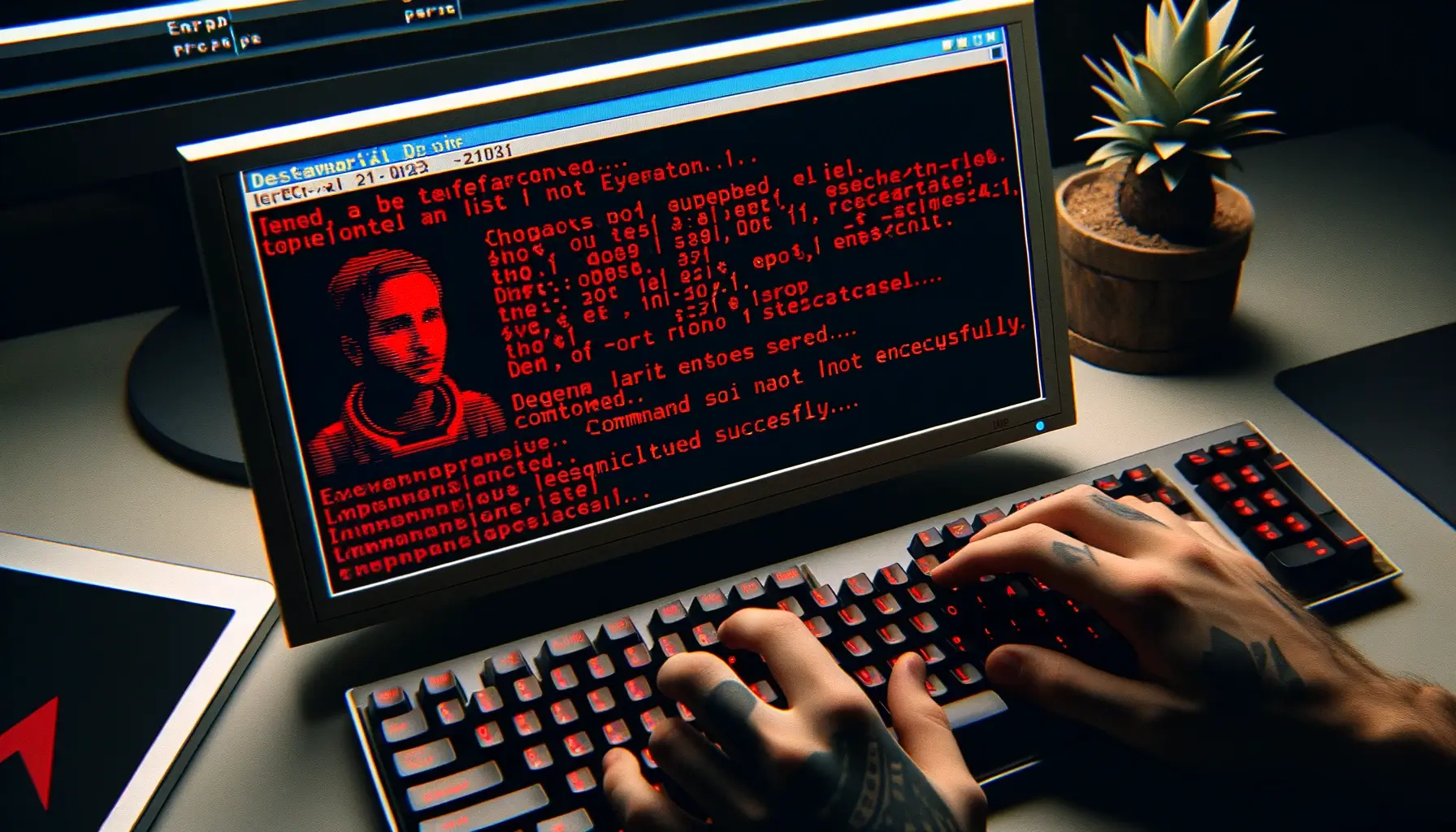With Python being one of the most popular programming languages, pip has established itself as a staple tool for developers. It’s the package manager for Python and simplifies the installation of libraries. But, like all software, users can sometimes face challenges.
One such error message reads: “pip subprocess to install build dependencies did not run successfully.” If you’ve encountered this, you know the frustration. But fear not! Here’s a comprehensive guide on troubleshooting and resolving this issue.

Understanding the Error: Why Does it Occur?
The error message is quite a mouthful, and to someone unfamiliar with Python’s internals, it might sound complex. But let’s break it down:
- pip subprocess: This refers to the internal operation of pip, where it creates a separate process to handle tasks.
- install build dependencies: Before installing some packages, pip needs certain dependencies, or prerequisites.
- did not run successfully: This is pretty straightforward – something went wrong.
The primary cause for this error is the inability of pip to install necessary build dependencies, which could be due to a myriad of reasons.
Common Causes and Fixes
1. Outdated pip or setuptools
Cause: Older versions of pip and setuptools might not be compatible with the packages you’re trying to install.
Fix: Upgrade both tools using:
pip install --upgrade pip setuptools
2. Missing System Packages
Cause: Some Python packages depend on system-level packages. For instance, a package might require a C++ compiler or specific libraries.
Fix: Depending on your operating system, you might need to install these prerequisites. For Ubuntu/Debian:
sudo apt-get update sudo apt-get install build-essential libssl-dev libffi-dev python3-dev
3. Virtual Environment Conflicts
Cause: If you’re using a virtual environment, there might be conflicts between system-wide packages and the environment-specific ones.
Fix: Try creating a new virtual environment and installing your packages there.
4. Limited Permissions
Cause: Sometimes, the error arises because pip doesn’t have the necessary permissions to install dependencies.
Fix: Use pip with the --user flag or avoid using sudo with pip unless absolutely necessary.
5. Proxy and Network Issues
Cause: If you’re behind a proxy or experiencing network interruptions, pip might fail to fetch and install dependencies.
Fix: Ensure your network is stable. If behind a proxy, configure pip to use it by setting the HTTP_PROXY and HTTPS_PROXY environment variables.
Ensure Your Environment is Clean
Sometimes, the best way forward is to start with a clean slate. Consider:
- Using a fresh virtual environment.
- Clearing the
pipcache withpip cache purge. - Reviewing the
piplog for any specific warnings or errors. This can often pinpoint the exact issue.
Wrapping Up: Patience and Persistence
Errors, especially the ones that are hard to decipher, can be vexing. But with a systematic approach to troubleshooting the “pip subprocess to install build dependencies did not run successfully” error, you’ll find a solution.
Remember, the Python community is vast and supportive. If all else fails, there’s always someone out there who’s likely faced (and solved) the same challenge. Don’t hesitate to seek out help, and happy coding!
Martijn Pieters is a seasoned Principal Software Engineer and Software Architect with a rich background in crafting innovative software solutions. Beyond technical expertise, Martijn passionately mentors upcoming talents, sharing insights from his extensive experience to shape the next generation of tech leaders.